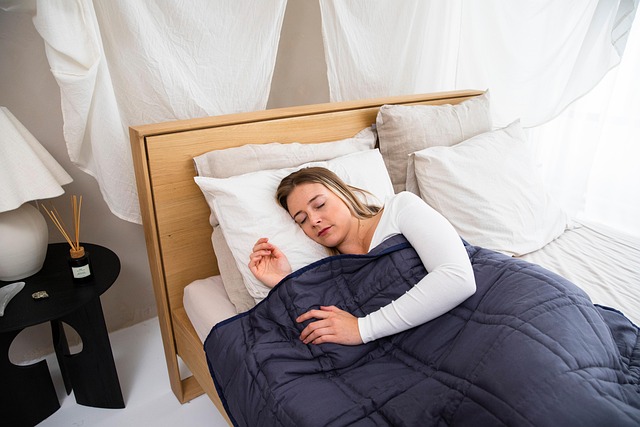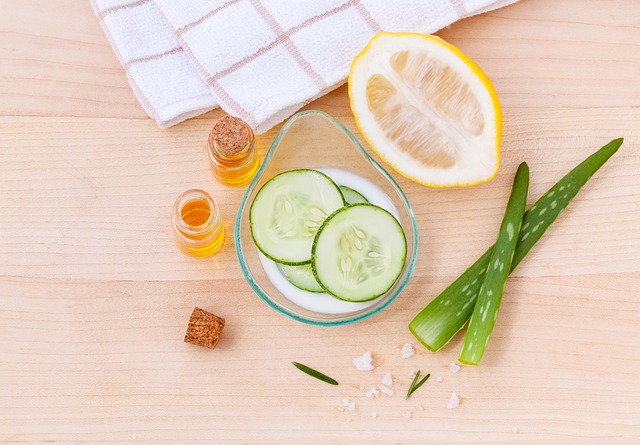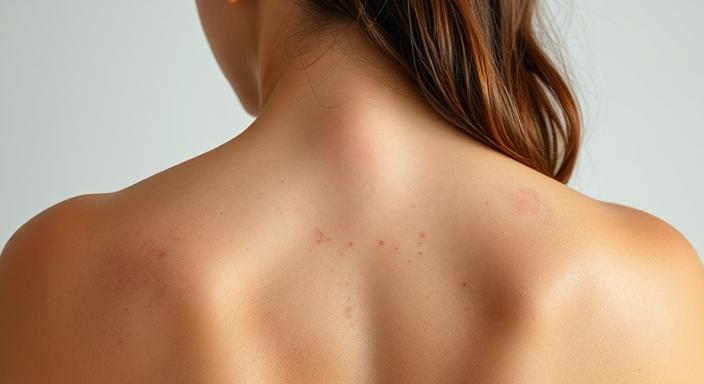Acne can be influenced by many factors, including the cleanliness of your bedding. Bedsheets and pillow covers accumulate oils, sweat, dead skin cells, and bacteria over time, which can clog pores and contribute to breakouts. Regularly washing your bedding is a simple yet effective way to reduce acne emergence. But how often should you do it? Let’s dive into the details.
How Often Should You Wash Bedsheets and Pillow Covers? 🧼💦
The frequency of washing your bedding depends on your skin type, lifestyle, and acne severity. Here are general guidelines:
Pillow Covers ⋆。 ゚☾ ゚。⋆
- General Recommendation: Wash pillowcases every 2-3 days if you’re prone to acne or have oily skin. This is because pillowcases have the most direct contact with your face.
- For Normal Skin: If you don’t have acne-prone skin, washing pillowcases once a week may suffice, provided you maintain a consistent skincare routine.
- For Severe Acne: If you’re battling frequent breakouts, consider changing pillowcases daily or using disposable pillow covers to reduce bacterial exposure.
Bedsheets ⋆。゚☁︎。⋆。
- General Recommendation: Wash bedsheets once a week to keep them free of sweat, oils, and bacteria. This is especially important for acne-prone individuals who sleep on their stomach or back, as their face or body may contact the sheets.
- For Hot Climates or Heavy Sweaters: If you live in a warm, humid area or sweat a lot at night, aim to wash sheets every 4-6 days to prevent bacterial growth.
- Less Frequent Washing: If you shower before bed and don’t have oily or acne-prone skin, washing sheets every 2 weeks may be enough, but don’t skip regular pillowcase washes.
Why Bedding Cleanliness Matters for Acne 🤔
Your face spends hours in direct contact with pillow covers every night. Bedsheets also come into contact with your skin, especially if you sleep without full-body clothing. Here’s why dirty bedding can worsen acne:
- Oil and Sweat Buildup: Your skin produces sebum (natural oil) and sweat, which transfer to your bedding. These can mix with dirt and create a breeding ground for acne-causing bacteria.
- Dead Skin Cells: In addition, your skin sheds dead cells daily, which accumulate on pillowcases and sheets, attracting bacteria and clogging pores.
- Bacteria and Dust Mites: Propionibacterium acnes (P. acnes), a bacterium linked to acne, thrives in unclean environments. Dust mites, which feed on dead skin, can also trigger skin irritation.
- Hair and Skincare Products: Residues from hair products, moisturizers, or makeup can transfer to bedding, adding to the pore-clogging mix.
Signs You’re Not Washing Bedding Enough
If you’re experiencing any of these, it might be time to wash your bedding more frequently:
- Persistent facial acne, especially on one side of your face (where you rest on your pillow).
- Itchy or irritated skin after sleeping.
- A musty or oily smell from your bedding.
- Visible stains or discoloration on pillowcases or sheets.
Conclusion
To minimize acne, aim to wash pillow covers every 2-3 days (or daily for severe acne) and bedsheets once a week. Pair this with a consistent skincare routine, breathable bedding materials, and proper washing techniques to keep your skin clear and healthy. Clean bedding isn’t a cure-all for acne, but it’s a crucial step in reducing breakouts and creating a skin-friendly sleep environment.
Related Posts:
https://curology.com/blog/how-often-should-i-change-my-pillowcase-to-help-prevent-acne




